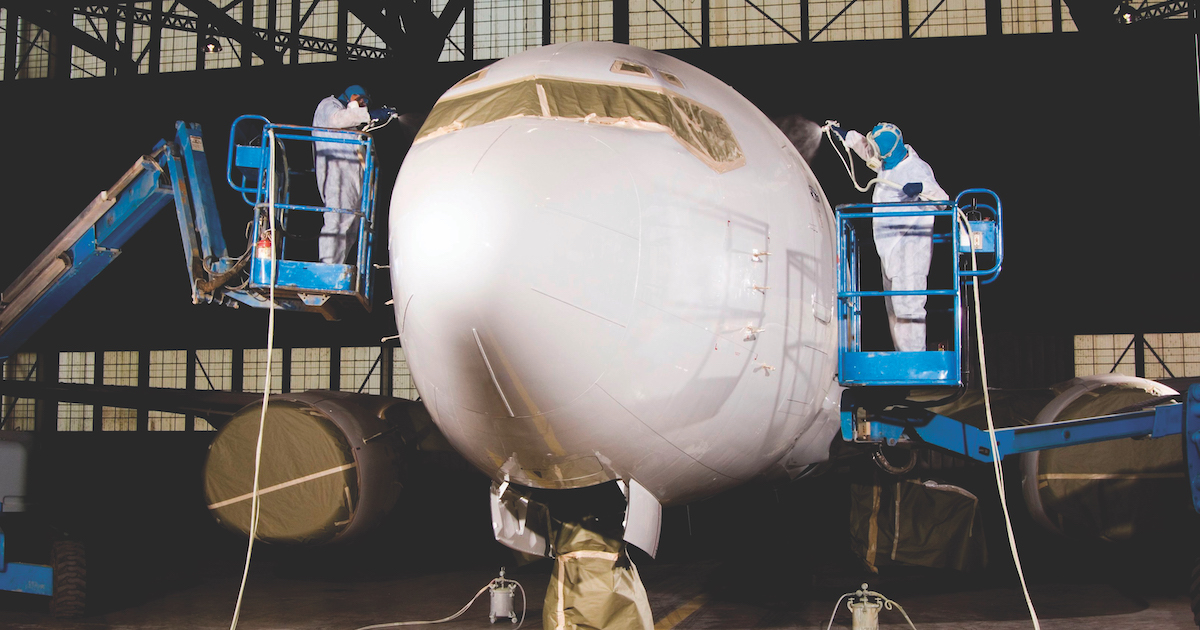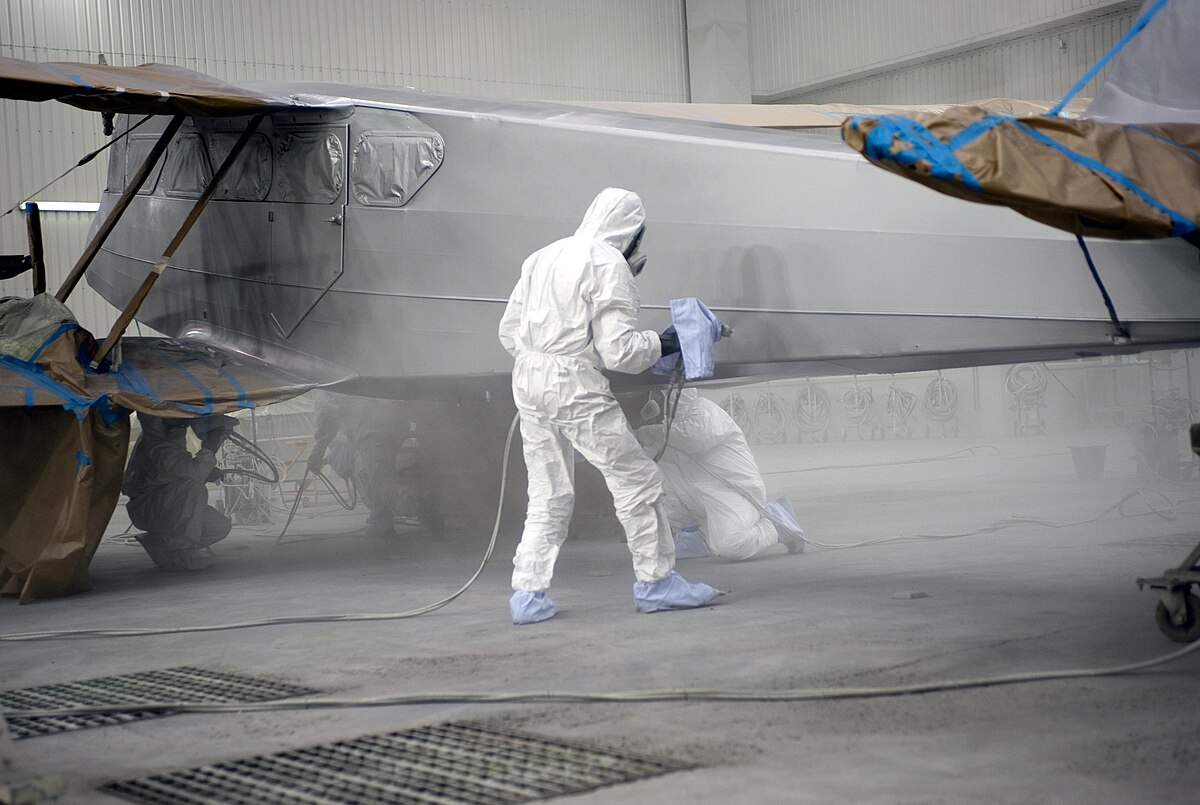
How Much Weight Does Paint Add to an Aircraft's Total Mass?
Share
When considering the engineering and design of modern aircraft, the question of how much weight does paint add to an aircraft is crucial. Aircraft manufacturers put extensive effort into keeping the weight of an airplane to an absolute minimum, as every single gram contributes to the overall performance, efficiency, and fuel consumption. Paint, while essential for aesthetics and protection against environmental factors, does impact the aircraft's weight.
In this article, we will explore the ramifications of paint on an aircraft's weight, understand the various types of paint used, and examine the ways manufacturers mitigate weight issues associated with coatings. This exploration will not only cater to tech professionals but also to enthusiasts fascinated with aviation technology.

The Weight of Aircraft Paint: An Overview
On an average commercial aircraft, the paint can weigh between 200 to 400 pounds depending on the size of the aircraft and the type of paint used. While this might seem trivial considering the total weight of a large aircraft can be in the hundreds of thousands of pounds, every ounce matters when it comes to flight efficiency.
Factors Contributing to Paint Weight
Several factors contribute to the total weight added by paint:
- Type of Paint: Different paint formulations have varying densities and weight. For example, heavier epoxies might weigh more than lighter polyurethane paints.
- Number of Layers: Typically, multiple layers of paint are required for durability, protection, and aesthetics. Each layer adds its weight.
- Primer and Clear Coat: Not just the color coat contributes to weight; primers and clear coats also play vital roles.
Types of Paint Used in Aviation
The aviation industry utilizes a few specific types of paint suitable for aircraft. Lets dive into those:
1. Epoxy Paints
Epoxy paints are known for their durability and protection against corrosion. However, they tend to be heavier than other options. Their appropriate use is crucial for extending the lifespan of the aircraft.
2. Polyurethane Paints
Polyurethane paints are lighter than epoxy paints and offer better UV resistance and durability. This makes them a popular choice among manufacturers. They are often layered to enhance protection and aesthetics.
3. Acrylic Paints
Acrylic paints are lightweight and dry quickly. Their use is not as common in commercial aviation as they may not offer the same level of protection, but they are utilized in specific applications.
Weight Considerations in Design and Engineering
As a tech professional, understanding the implications of paint weight on aircraft design is vital. Aircraft engineers often factor in the weight of paint during the initial design phase. Advanced computational models are used to calculate the potential weight of coatings and how they will affect the aircraft's performance metrics such as fuel efficiency and payload capacity.
Mitigating Weight Through Innovation
To counteract the weight issue associated with paint, manufacturers have developed innovative practices, including:
- Using Lightweight Materials: Manufacturers are beginning to use surface treatments that minimize the overall weight added through paints.
- Advanced Application Techniques: Utilizing modern technology like robotic application systems ensures a more precise amount of paint is applied, improving efficiency and reducing excess weight.
Real-World Examples: Aircraft Coatings
To provide a practical perspective, lets review how paint affects some aircraft:
Commercial Airliners
In wide-body aircraft like the Boeing 777 or Airbus A380, the use of high-quality paint formulations can lead to substantial overall weight gain. However, these aircraft undergo rigorous design adjustments to ensure that performance remains uncompromised.
Military Aircraft
For military-grade aircraft, the choice of paint can impact not only weight but also radar signature. Programs are in place to minimize weight while considering operational effectiveness.
Conclusion: Finding the Balance
In conclusion, understanding how much weight does paint add to an aircraft is about finding a balance between protection, aesthetics, and performance. The aviation industry continuously innovates to ensure that paint serves its purpose without significantly hindering the aircraft's performance. This is just one small part of the much broader engineering miracle that is aviation.
For those interested in different aspects of paint technology and its effects, check out how paint quality impacts motorcycles for comparable insights.

FAQs
1. How much does paint typically weigh on an aircraft?
Paint typically adds between 200 to 400 pounds to an aircraft's overall weight, depending on size and type.
2. Do different types of paint affect aircraft weight?
Yes, various types of paint (epoxy, polyurethane, acrylic) have different weight profiles that affect the total weight.
3. Are there technological advancements to reduce paint weight on aircraft?
Yes, manufacturers are using innovative application techniques and lightweight materials to minimize extra weight from paint.
